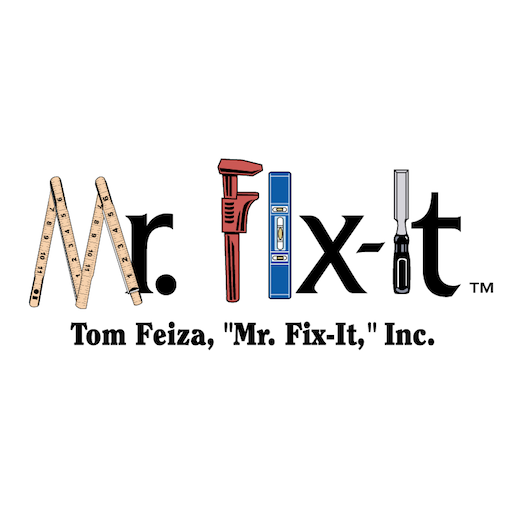Removing Wallpaper
Removing wallpaper can be tough or tougher. It is never easy. The trick is to find someone experienced to help you.
To see what type of paper you have, peel up a corner. If the wall covering tears and the surface is the texture of rough paper, you have paper type wall covering. This type must removed with steam or a remover chemical applied directly to the paper surface.
If the wall covering surface is shiny and smooth but still tears when you lift a corner, you have a vinyl coated paper. It needs to be scored with rough sandpaper so steam or remover chemical can penetrate the surface. You can also puncture the surface with a special tool called a "Paper Tiger" made by Zinsser Company.
If the wall covering surface pulls up in large chunks, you have solid vinyl paper. With this type, you pull away the vinyl covering and the paper backing stays stuck on the wall. The paper backing is removed with steam or a chemical.
For large jobs, consider renting a wallpaper steamer. If the wall has several coats of paper, a steamer is definitely in order.
For single coats of paper, enzyme removers like DIF Wallpaper Stripper or DIF Gel work well. These strippers have a penetrating agent that helps water penetrate the surface and an enzyme that breaks down the adhesive. You apply several coats over about 30 minutes and let the chemical do the work. Once loose, the paper must be scraped or pulled from the wall.
Wash the wall with remover chemical to remove adhesive residue. Allow the wall to dry well. If you plan to paint the surface, prime it first.
Wallpaper seam repair
Special adhesive for closing wallpaper seams is available at most wallpaper and hardware stores. Apply the adhesive to the wallpaper at the seam and lay it back in place. "Stick-Ease" is an excellent product.
Wallpaper secret-the primer
The secret to a fun wallpaper application job is properly priming the surface. Primer simplifies hanging the paper and aids in its eventual removal.
A primed surface allows you to slide the paper into position before it is "welded" in place by the adhesive. When a wall is not primed, adhesive dries quickly as moisture is drawn into the wall surface. The paper can’t be positioned and the adhesive can fail. Failed adhesive causes the seams to open up, and the paper may be on the floor in the morning.
Primer also seals the surface so the paper can be removed easily with water and a remover chemical.
Primer is specifically designed for wall coverings and is applied like paint. Zinsser and Golden Harvest both make a great water-based primer.
